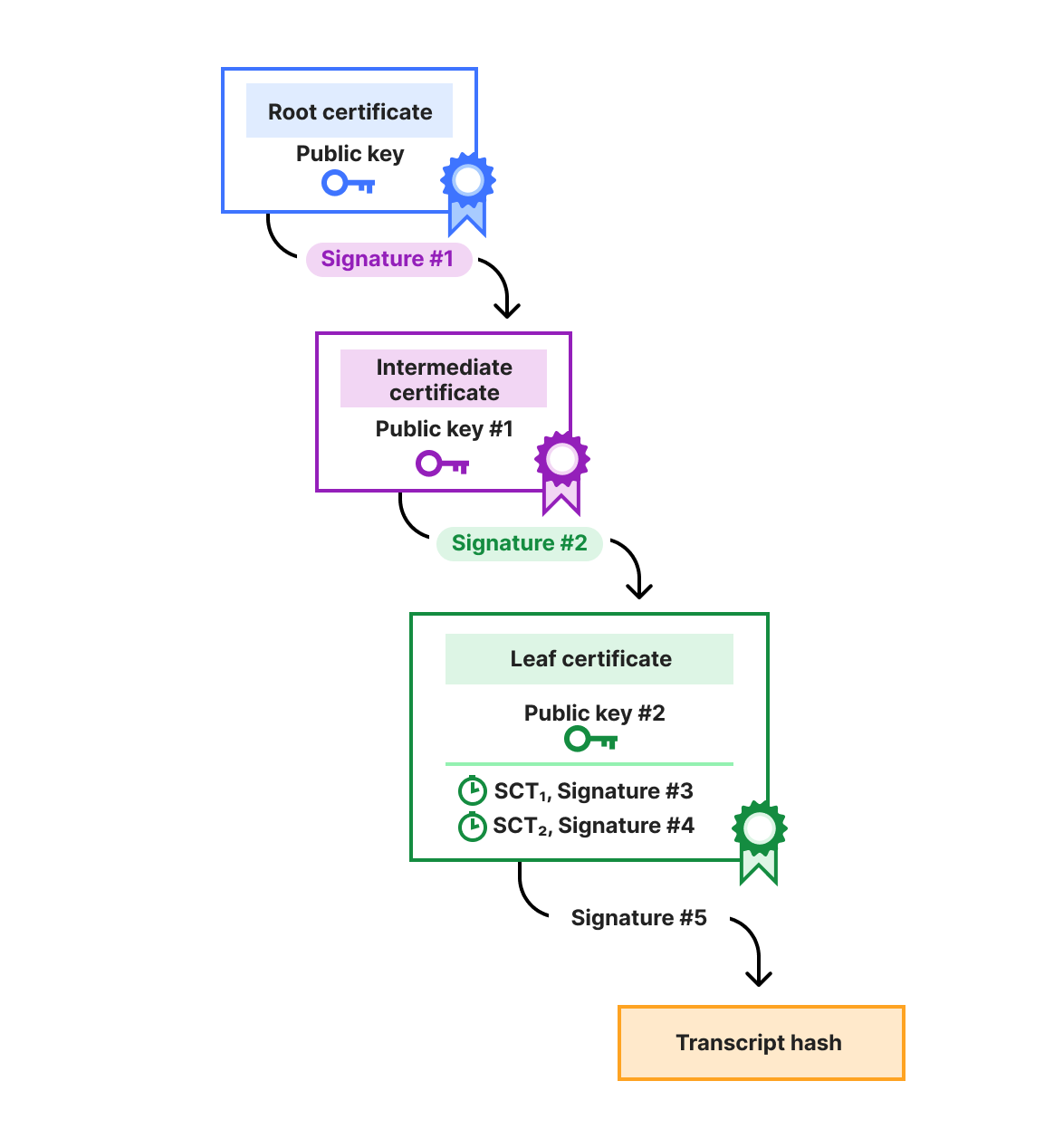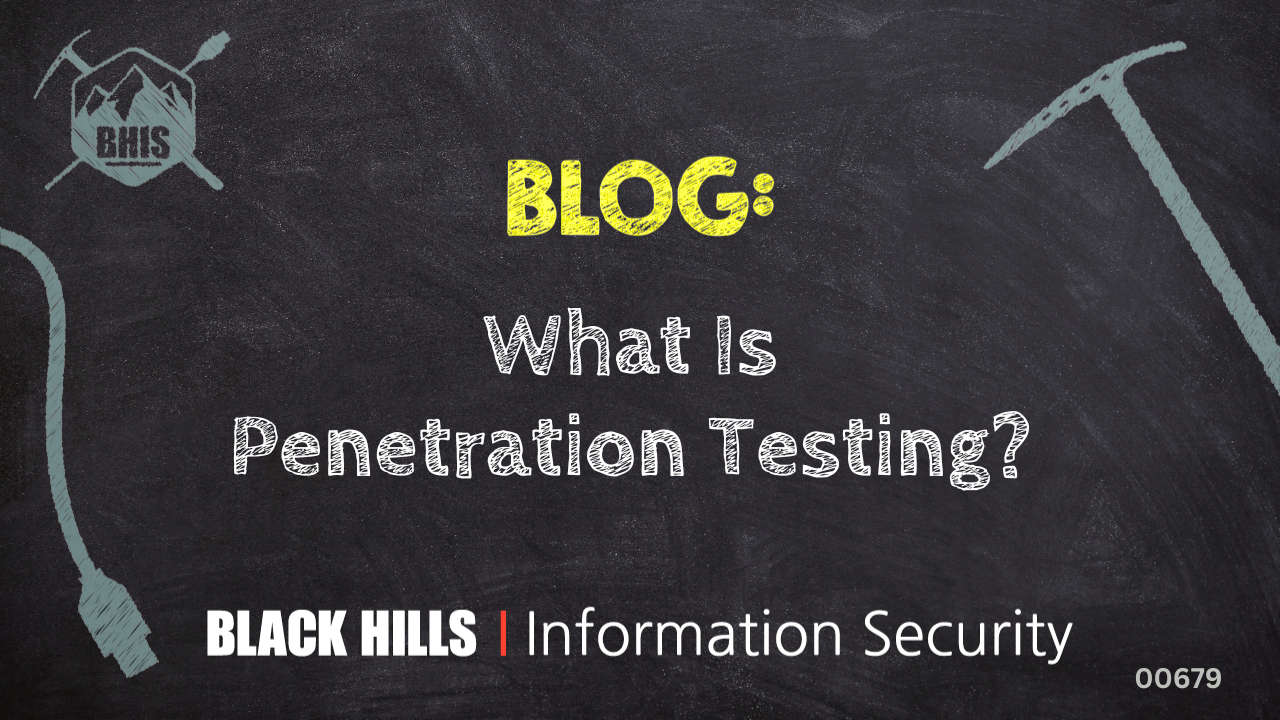The modern corporate landscape is marked by rapid digital change, heightened cybersecurity threats and an evolving regulatory environment. At the nexus of these pressures sits the chief information security officer (CISO), a role that has gained newfound influence and responsibility.
The recent Deloitte Global Future of Cyber Survey underscores this shift, revealing that “being more cyber mature does not make organizations immune to threats; it makes them more resilient when they occur, enabling critical business continuity.” High-cyber-maturity organizations increasingly integrate cybersecurity risk strategies, security practices and trust-building approaches into their business and technology transformations. And it’s all enabled by a cyber-savvy C-suite and influential CISOs.
Let’s explore how cyber maturity enhances resilience, why cyber is now being integrated into broader business budgets and what organizations can do to bolster their business continuity.
The expanding role of CISOs in corporate strategy
Historically, CISOs were typically siloed within the IT department, focusing on technical and operational aspects of cybersecurity. However, as threats have evolved, so has the role of the CISO. According to Deloitte’s report, about one-third of organizations have seen a significant increase in CISO involvement in strategic conversations about business-critical technology decisions. Furthermore, approximately one in five CISOs now report directly to the CEO, marking a shift toward greater business alignment and visibility. This expanded role places CISOs alongside other senior leaders to guide decisions on digital transformation, cloud security, and supply chain resilience.
Emily Mossburg, Deloitte’s global cyber leader, notes that “many boards and C-suites now require or need further knowledge into potential threats, security vulnerabilities, risk scenarios and actions needed for greater resilience.” CISOs are increasingly tasked with not only understanding these complex cyber landscapes but also translating them into language that senior leadership and boards can act upon.
Cybersecurity as an integral business strategy
In high-cyber-maturity organizations, cybersecurity is embedded across operations, facilitating a seamless alignment between risk management and business goals. According to Deloitte, these organizations are more resilient when incidents occur, enabling critical business continuity by preparing for and swiftly responding to cyber threats. This proactive integration is not limited to IT. It extends into every function that touches digital infrastructure — from operations and finance to customer experience and product innovation.
In modern digitally interconnected ecosystems, a cyber incident affecting one partner could impact the entire supply chain. High-cyber-maturity organizations anticipate these risks by establishing protocols and response measures that enable them to recover quickly, ensuring continuity across all critical operations. Companies with lower cyber maturity, on the other hand, face longer recovery times and can suffer more severe impacts on their revenue, brand reputation and operational capabilities.
This integration of cybersecurity into broader strategic goals reflects a more nuanced understanding of cyber resilience. Instead of viewing cybersecurity solely as a cost center, leaders increasingly recognize it as a foundational element of business value and continuity. This understanding translates into better allocation of resources and a more balanced approach to cyber risk management.
Explore cybersecurity services
Evolving cybersecurity budgets
As cybersecurity gains prominence within business strategy, budget allocations are changing to reflect its importance across multiple areas. Deloitte’s findings indicate that many organizations are beginning to integrate cybersecurity spending with other budgets, such as digital transformation, IT programs and cloud investments. This shift acknowledges the cross-functional impact of cybersecurity, particularly in organizations with complex, interconnected digital ecosystems.
The trend is mirrored by a recent IANS and Artico Search survey, which reported an 8% increase in cybersecurity spending this year, up from 6% in 2023. While modest, this increase suggests that organizations recognize the need for sustained investment in cyber resilience to keep pace with emerging threats, especially as AI and automation reshape the cyber landscape.
Integrating cybersecurity with broader budgets also aligns with the CISO’s role in risk quantification and value communication. Techniques such as the FAIR (Factor Analysis of Information Risk) model allow CISOs to translate cybersecurity risks into financial metrics, making it easier to justify investments and demonstrate ROI to the C-suite.
Navigating regulatory mandates and disclosure requirements
Regulatory mandates are also shaping the evolving role of the CISO and cybersecurity’s integration into corporate strategy. With the U.S. Securities and Exchange Commission (SEC) now requiring companies to disclose material cyber incidents and provide insights into their cyber strategy, CISOs are under pressure to ensure regulatory compliance. This disclosure requirement applies to both U.S.-based and foreign companies trading on U.S. markets, reinforcing cybersecurity’s critical role across global business operations.
The SEC’s regulatory emphasis on transparency has heightened the importance of cybersecurity within boardrooms, leading senior executives to turn to CISOs for guidance on managing risks and compliance. Beyond U.S. markets, regulatory authorities worldwide are implementing frameworks and standards that require companies to report cyber incidents, particularly as ransomware and other cyberattacks have grown more prevalent. In addition to regulatory compliance, the reputation and operational continuity tied to regulatory adherence have pushed CISOs to develop comprehensive cybersecurity strategies that align with overall business goals.
Steps to building a cyber-resilient organization
High-cyber-maturity organizations demonstrate that integrating cybersecurity into business strategy requires more than technical defenses; it demands a multi-dimensional approach encompassing governance, culture and operational resilience. Here are several key areas where organizations can focus to build a cyber-resilient structure:
-
Leadership and governance: Effective cybersecurity governance starts at the top. Organizations should establish clear reporting structures where CISOs communicate directly with the CEO or board. This positioning emphasizes cybersecurity’s strategic importance and enables informed decision-making at the highest levels.
-
Risk management practices: Proactive risk management means identifying, assessing and mitigating cyber risks in line with business objectives. High-cyber-maturity organizations use both quantitative and qualitative methods to understand and prioritize risks, creating a structured approach to vulnerability management that could impact operations.
-
Incident response and recovery: Resilient organizations are not just prepared for incidents; they are equipped to recover swiftly and minimize impact. Robust incident response plans, regularly tested and updated, are essential for ensuring that organizations can maintain continuity even amid significant cyber events. These plans should involve cross-functional teams and clear communication channels to coordinate an efficient response.
-
Continuous improvement and innovation: Cybersecurity is a dynamic field where continuous improvement is critical. Organizations should prioritize regular evaluations and updates to their cybersecurity measures, allowing them to stay ahead of evolving threats. As AI, automation and other technologies emerge, adopting them to enhance cybersecurity capabilities—such as anomaly detection and automated incident response — can further boost resilience.
CISOs take the lead
In the evolving landscape of cyber threats, the role of the CISO is becoming more integral to organizational resilience and business continuity. High-cyber-maturity organizations are leading the way, integrating cybersecurity into their strategic goals and recognizing that it is not merely an IT function but a business-critical priority. By aligning cybersecurity spending with broader business budgets, they can enhance resilience and drive long-term value.
The post CISOs drive the intersection between cyber maturity and business continuity appeared first on Security Intelligence.


